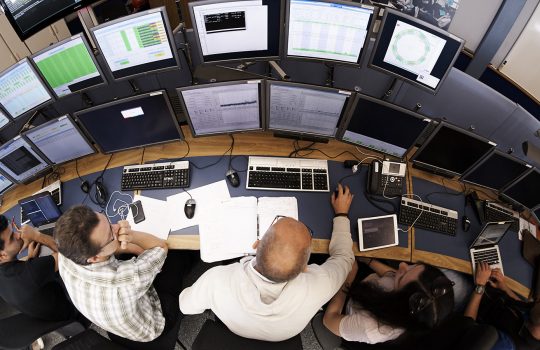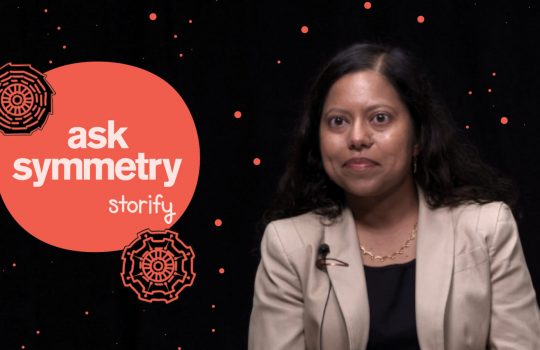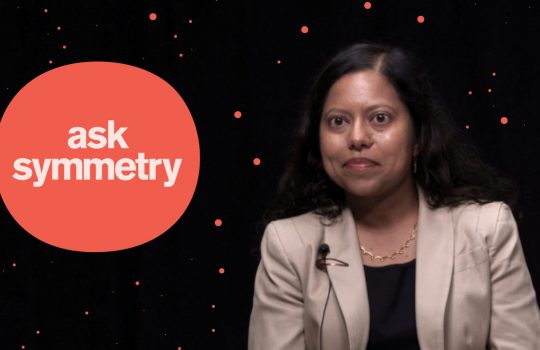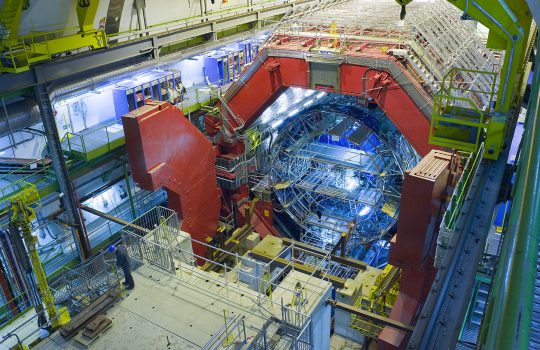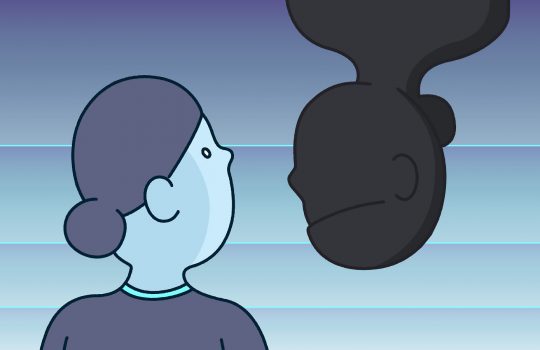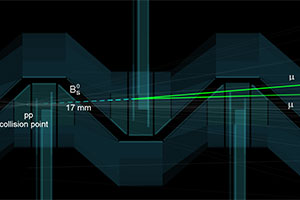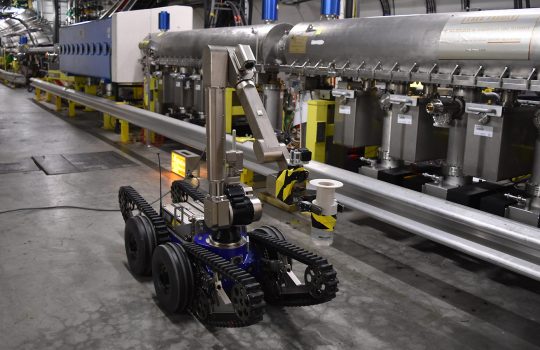141 - 150 of 186 results
#AskSymmetry Twitter chat with Tulika Bose
See Boston University physicist Tulika Bose’s answers to readers’ questions about research at the Large Hadron Collider.
Did you see it?
Boston University physicist Tulika Bose explains why there’s more than one large, general-purpose particle detector at the Large Hadron Collider.
A tiny droplet of the early universe?
Particles seen by the ALICE experiment hint at the formation of quark-gluon plasma during proton-proton collisions.
Superhero plan to time travel in Large Hadron Collider isn’t sci-fi
From Inverse, March 9, 2017: In the latest issue of the Justice League-Power Rangers crossover comic, superheroes gather at the mouth of what seems to be the LHC to discuss how to use it to jump across universes. A Vanderbilt University scientist and others believe LHC collisions could produce the Higgs singlet, which had the power to travel back and forth in time.
A new gem inside the CMS detector
This month U.S. scientists embedded sophisticated new instruments in the heart of a Large Hadron Collider experiment.
A strength test for the strong force
New research could tell us about particle interactions in the early universe and even hint at new physics.
LHCb observes rare decay
Standard Model predictions align with the LHCb experiment’s observation of an uncommon decay.

